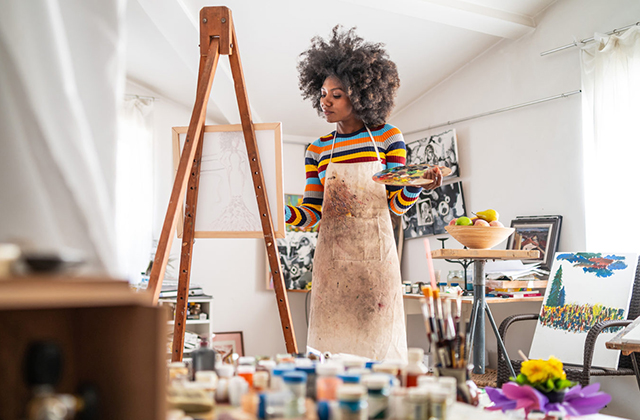Digital Art is a new market. Tv storyboard can compete to whatever digital tool in the market.
Digital art is a new market and it takes time to grow. The only way to make it grow is by the artists themselves investing in the market by creating work that they believe in and price accordingly. Of course, there are other factors like social media and marketing. But, if artists don’t create artworks that satisfy them, then nothing really matters because the quality of their work won’t be there in the first place.
The number of digital artists has grown significantly in recent years, but not everyone has become a success story yet.
There are still many people who think digital art is too easy or requires no skill at all. This belief has led them to either ignore or dismiss digital art altogether because they don’t understand its value as an investment vehicle.
If there’s one thing that drives me nuts, it’s when people use the term “digital art” and “digital artist” in reference to artwork created on a computer.
Digital art is not new. Computers have been around for almost half a century now!
And yet, people often seem to think that digital art is some brand new phenomenon. They seem to think that this isn’t an established market by any means, and that no one takes digital artists seriously as artists who are creating real works of art. I couldn’t disagree more.
I’m going to set the record straight about what digital art is, how it’s been around for a long time, and why it’s totally legitimate as an artistic medium.
Many people first encounter digital art in the form of graphic design, but this is just one of the many areas of digital artistry. In recent years, digital art has gone from being a niche field to becoming an increasingly important part of the economy.
Many people first encounter digital art in the form of graphic design, but this is just one of the many areas of digital artistry. In recent years, digital art has gone from being a niche field to becoming an increasingly important part of the economy.
There are now jobs for commercial designers and fine artists in every industry imaginable — from toy-making to fashion and beyond. The growth in demand for these skills is reflected in recent figures: The Bureau of Labor Statistics (BLS) projects that employment in the digital arts will grow by 5% between 2016 and 2026. This may not sound like much, but it’s actually faster than average for all occupations.
Digital artists are also able to fill roles that would otherwise be filled by traditional artists, meaning that competition is heating up as well. For example, painting and drawing occupations are expected to grow by just 3%.
A new art market is emerging that, in many ways, reverses the traditional model. The artist is now the dealer and an artist’s studio has become a virtual space where artists create and sell their own work directly to collectors. It is a new model whereby the artist is not only the creator of the artwork but also a producer, curator, and salesperson.
In this environment, it is no longer necessary for artists to rely on galleries or museums to sell their work as they have done in the past. Instead, they can use technology to distribute digital files that represent their artwork to anyone with an internet connection.
An online gallery is a digital representation of an artwork which can be viewed by potential buyers on computers and mobile devices. Buyers can see exactly what they are paying for before purchasing the artwork, allowing them to make an informed buying decision. This level of information is not available in traditional galleries or museums because most do not provide high-resolution images or detailed descriptions to potential buyers before they make a purchase decision. Click here to see our client works here.
The digital art market has grown rapidly in recent years as more people have access to high-speed internet connections and are able to download high-resolution images from websites such as Flickr or 500px.

